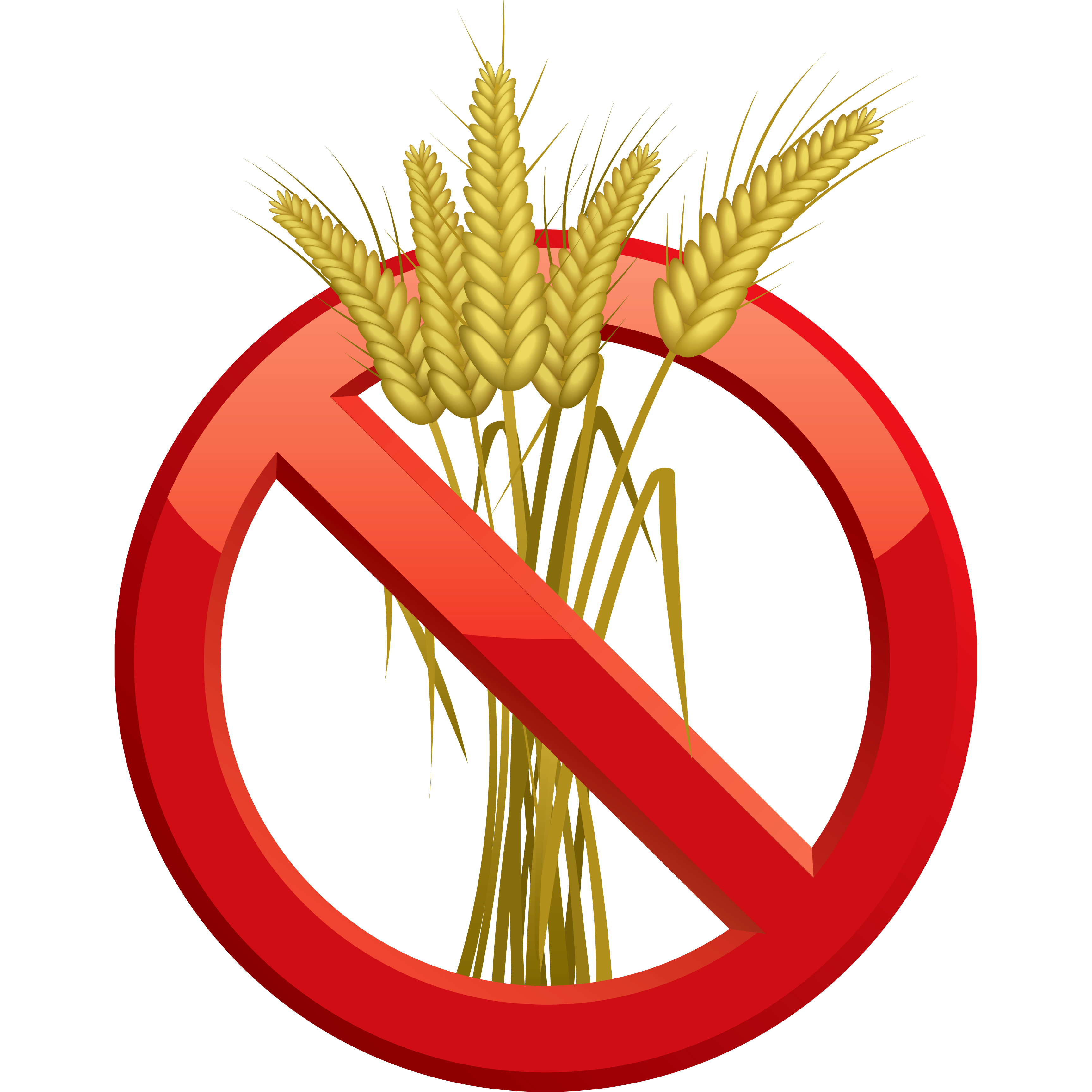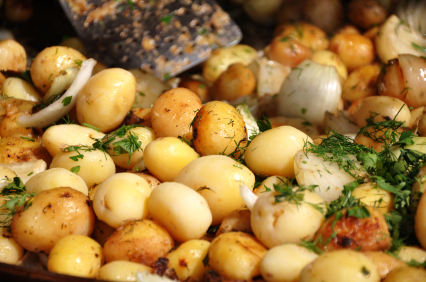Would You Sign a Contract before Dining? At Rogue 24 you will.
 Monday, August 15, 2011 at 5:04PM
Monday, August 15, 2011 at 5:04PM  Elisabeth Veltman, The Tender Foodie tagged
Elisabeth Veltman, The Tender Foodie tagged  David Chang,
David Chang,  Huffington Post,
Huffington Post,  R.J. Cooper,
R.J. Cooper,  Rogue 24,
Rogue 24,  Washington D.C.,
Washington D.C.,  dining contract,
dining contract,  fake food allergies,
fake food allergies,  food allergies,
food allergies,  new restaurant,
new restaurant,  reservation
reservation  Email Article
Email Article  Print Article in
Print Article in  Restaurant Openings
Restaurant Openings 
When you choose to dine at R.J. Cooper's new concept restaurant, Rogue 24, you cannot use your cell phone, take any pictures, or cancel your reservation less than 72 hours in advance. How does the restaurant ensure compliance? You sign a 2-page contract. Rogue 24 will indent your credit card for half of the price of your meal if you cancel before 3pm on the day of your reservation. It's full price after 3pm. As far as the ban on photo and phone goes, perhaps they have the Tweet Police at the ready to throw you out should your iPhone make it to the table. Or maybe the contract simply puts the fear of God into you each time you reach for that Android.
In return for your signature, you get either a 16 or 24 course meal, the opportunity to indicate any food allergies or dietary restrictions, and apparently, a peaceful dining experience that lasts about 3 hours. Don't be late. Your 24 course meal plus beverage pairings costs $175 or so. If you get stuck in traffic for over 30 minutes, you pay for it all and leave hungry. It doesn't matter if the meal is the most incredible thing to hit your palate since Eve plucked that apple from the forbidden tree.
For a take on the food, read Tom Sietsema's Review in the Washington Post.
According to The Huffington Post, Komi, another restaurant (ranked as one of the best high-end tasting menus out there), and David Chang's Momofuku Ko both ban photography, as well. I get that, it's tough to take great pictures of food. And food that is prepared with such skill and expertise deserves that kind of photography, too. On a side note, David Chang has had some bad press surrounding his tolerance of food allergic patrons (he hates it when people "fake food allergies" - like he could tell; and well, read this post written by Stephen Meuse on boston.com for his own personal experience with Chef Chang's team.
These new world rules, however, make me wonder. Is this strong-arming of patrons into showing up, paying their bill, and respecting the foodie experience -- is this a reflection upon a modern-day disrespectful, difficult diner? Is this a manifestation of a particular chef's "detail-oriented" personality? Or is this a necessary or even creative way to offer high-end, highly conceptual food and stay in business? Time will tell. But after reading the contract, I'd get someone else in your party to make the reservation. Just sayin'.
To read the full contract, go to DCEater.com.
Rogue 24 is located at: 922 N. Street NW in Washington D.C.




